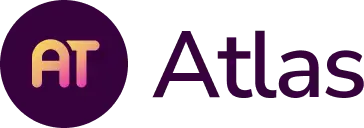Whether your school is just beginning to define its Portrait of a Graduate (PoG) or you’ve already woven those competencies into your vision and values, the next step is ensuring they’re meaningfully embedded in your curriculum.
This 3-phase framework is designed to help school and district teams reflect on how their curriculum brings PoG traits to life—and how to identify clear, actionable ways to strengthen alignment across instruction, assessment, and student experience.
Each phase includes guiding questions and real examples that support your team in:
- Evaluating current curriculum alignment
- Identifying gaps and growth opportunities
- Planning for sustainable implementation
From initial reflection to full integration, this guide offers a strategic approach to help you ensure that your Portrait of a Graduate is not just a mission statement—but a lived experience for every learner.
Phase 1 – Explore & Reflect on Your Portrait of a Graduate Alignment
In this phase schools that already have a defined Portrait of a Graduate, review their curriculum for opportunities to integrate and align.
- How does your PoG reflect your community’s values and future-ready goals?
- How might embedding the PoG elevate student engagement, agency, and real-world readiness?
- Does your current PoG reflect your values and are they visible within instruction/curriculum?
- What would a text analysis of your curriculum maps reveal about what your school truly values?
Atlas Reports that support reflection:
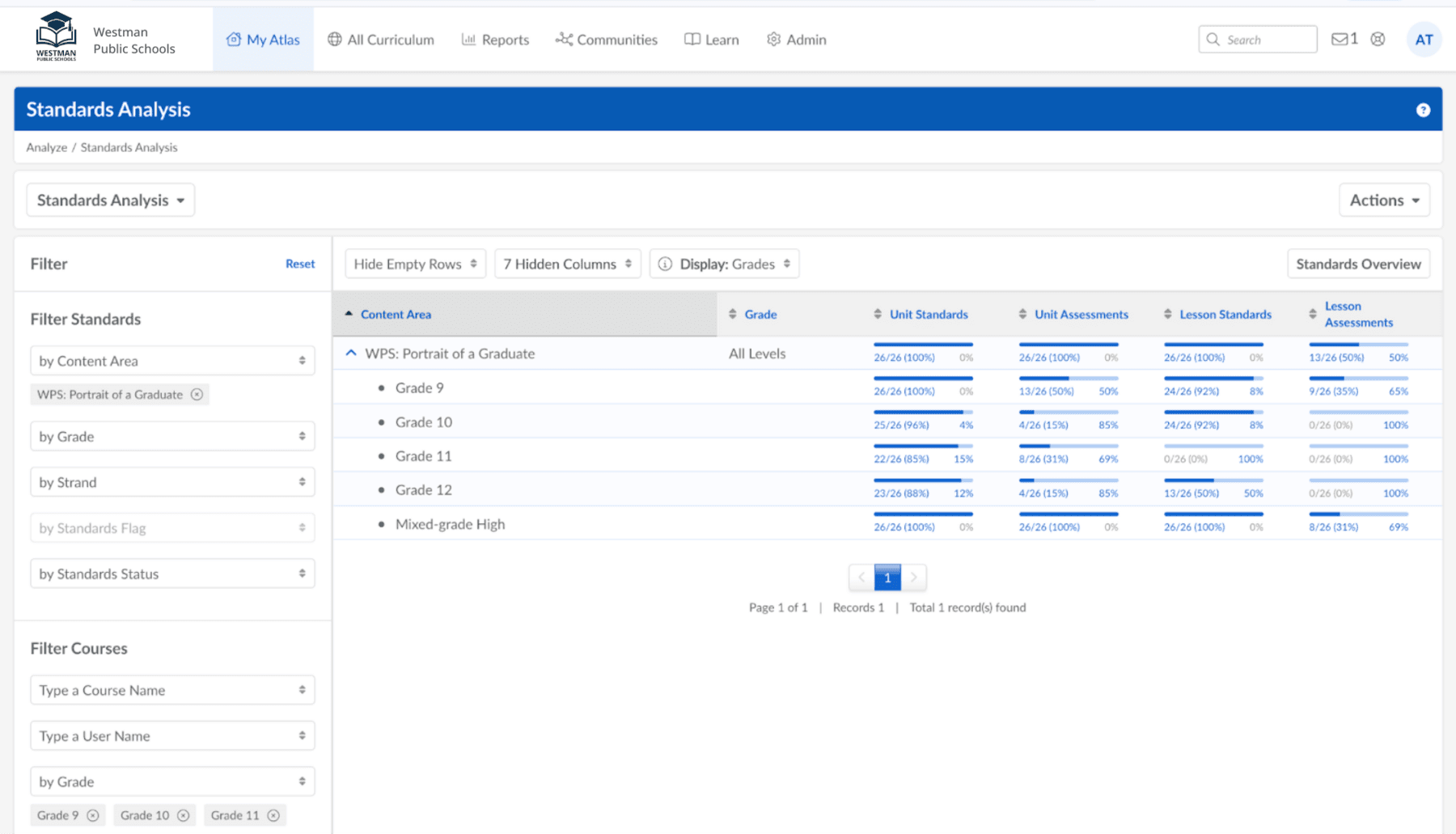
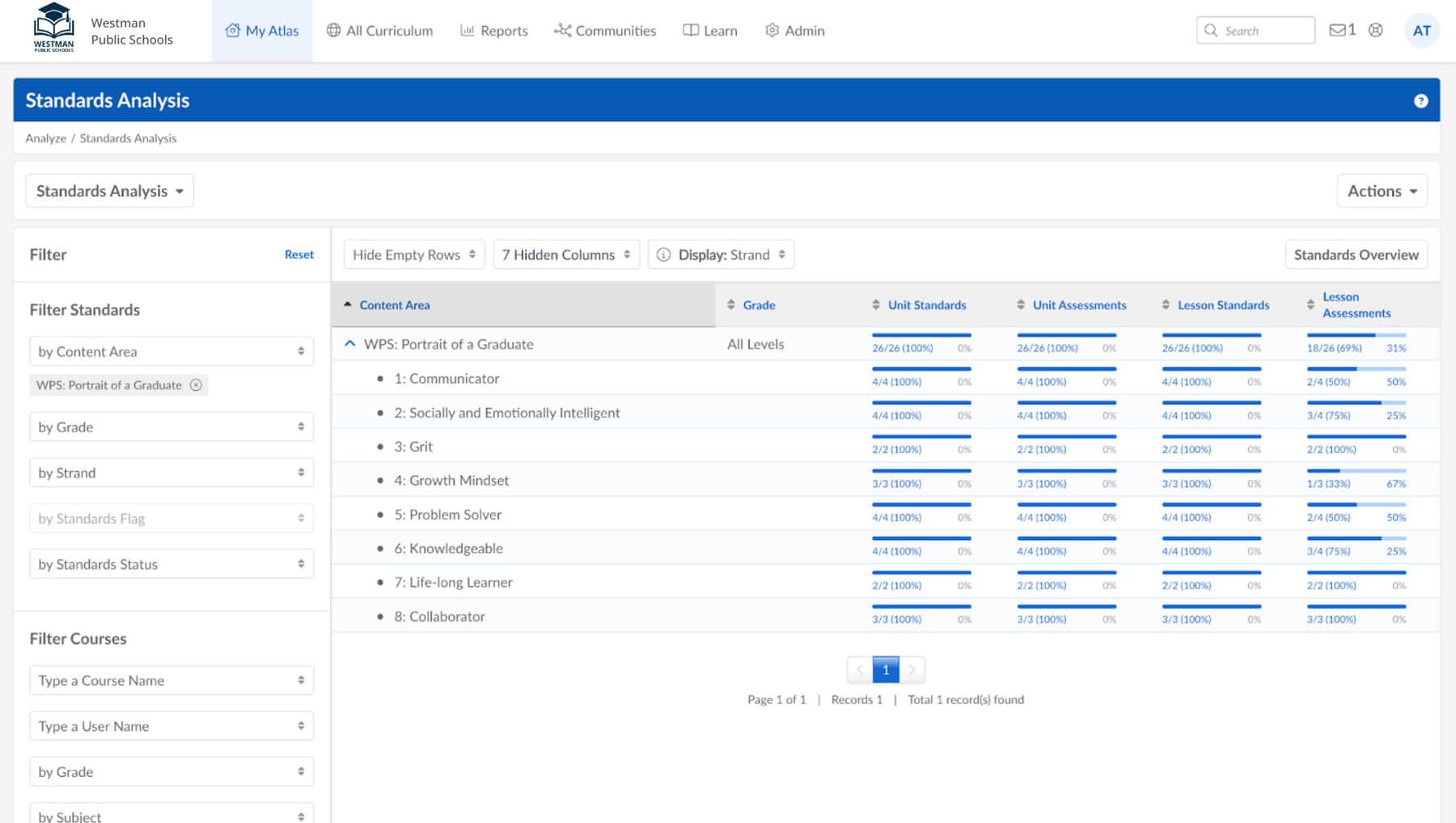
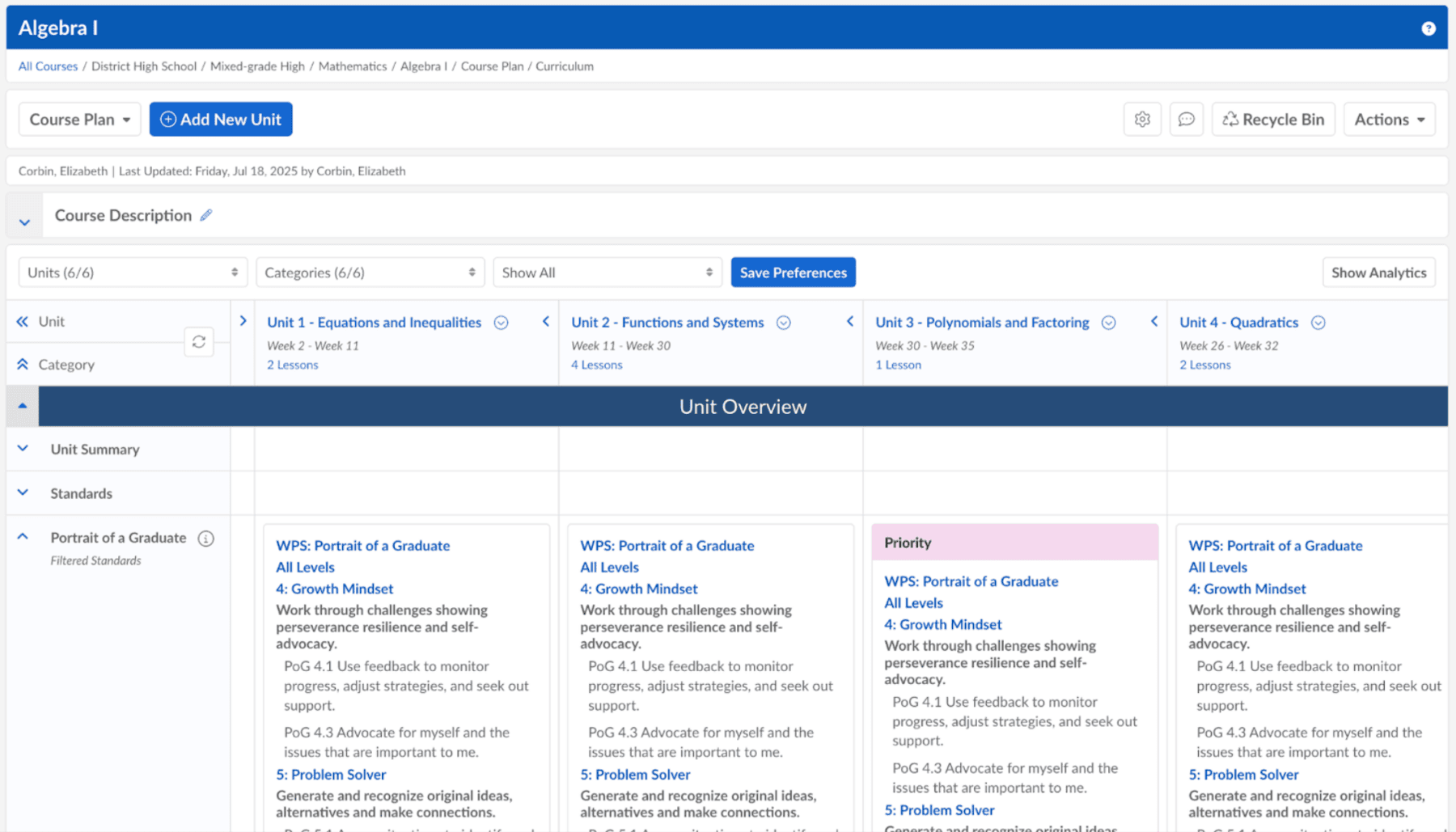
Phase 2 – Align & Plan for Consistent K–12 PoG Implementation
In this phase schools begin to align existing structures or define gaps in their curriculum.
- How intentionally are your POG traits embedded in your curriculum language—and would they show up in a keyword search?
- Are there gaps across grade levels, content areas, or student experiences? For example, if “collaboration” is a core PoG trait, are students consistently given opportunities to practice it in both Science and English classes? Are those opportunities scaffolded from K–12?
- When you look at your Portrait of a Graduate, what part of your curriculum brings those traits to life—and what’s still missing?
- How do students currently see themselves in the curriculum? How are their community values and goals represented in the PoG woven throughout the curriculum?
- Where can embedding the POG enhance our instruction and curriculum priorities?
Atlas Reports that support alignment:
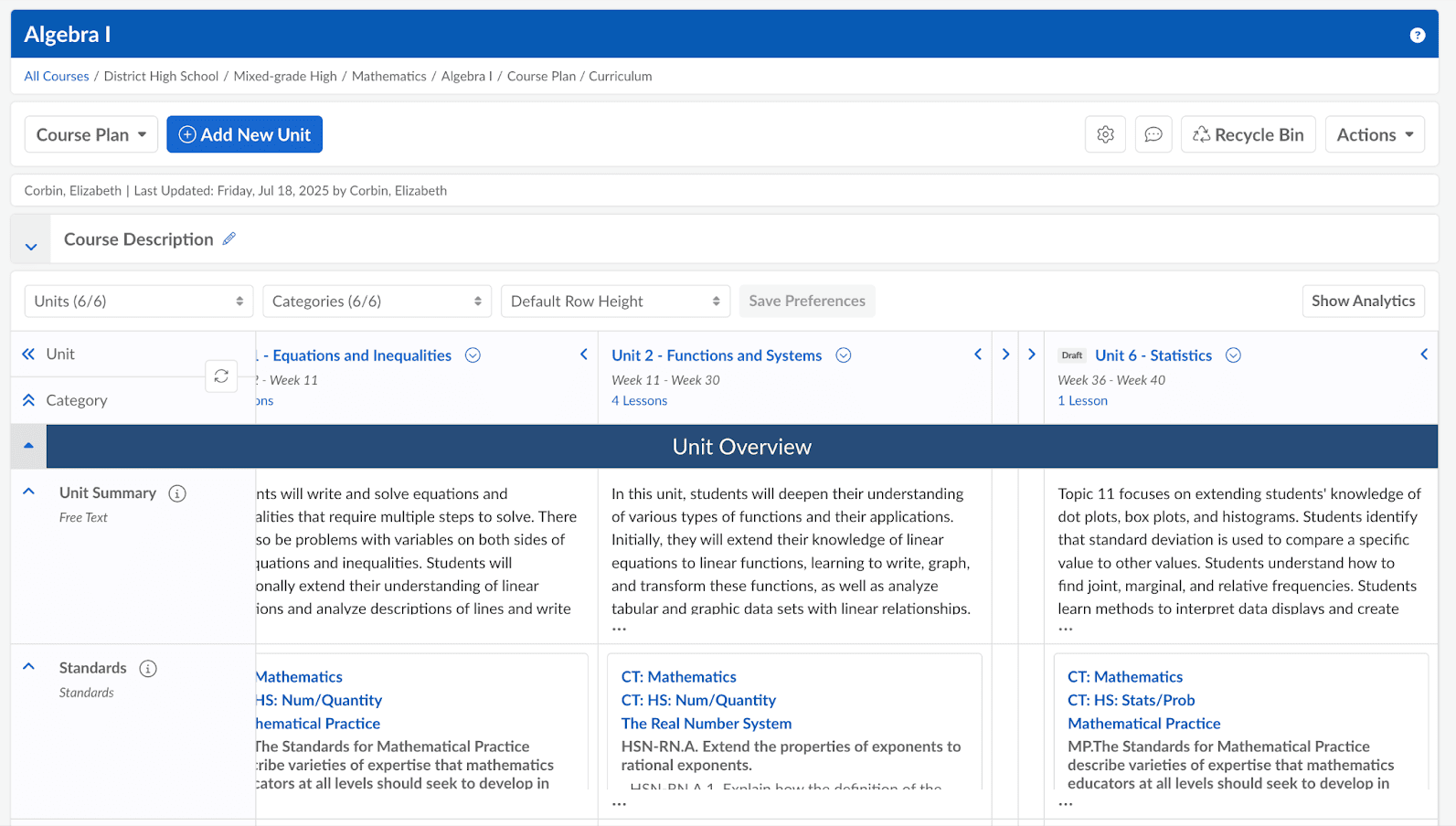
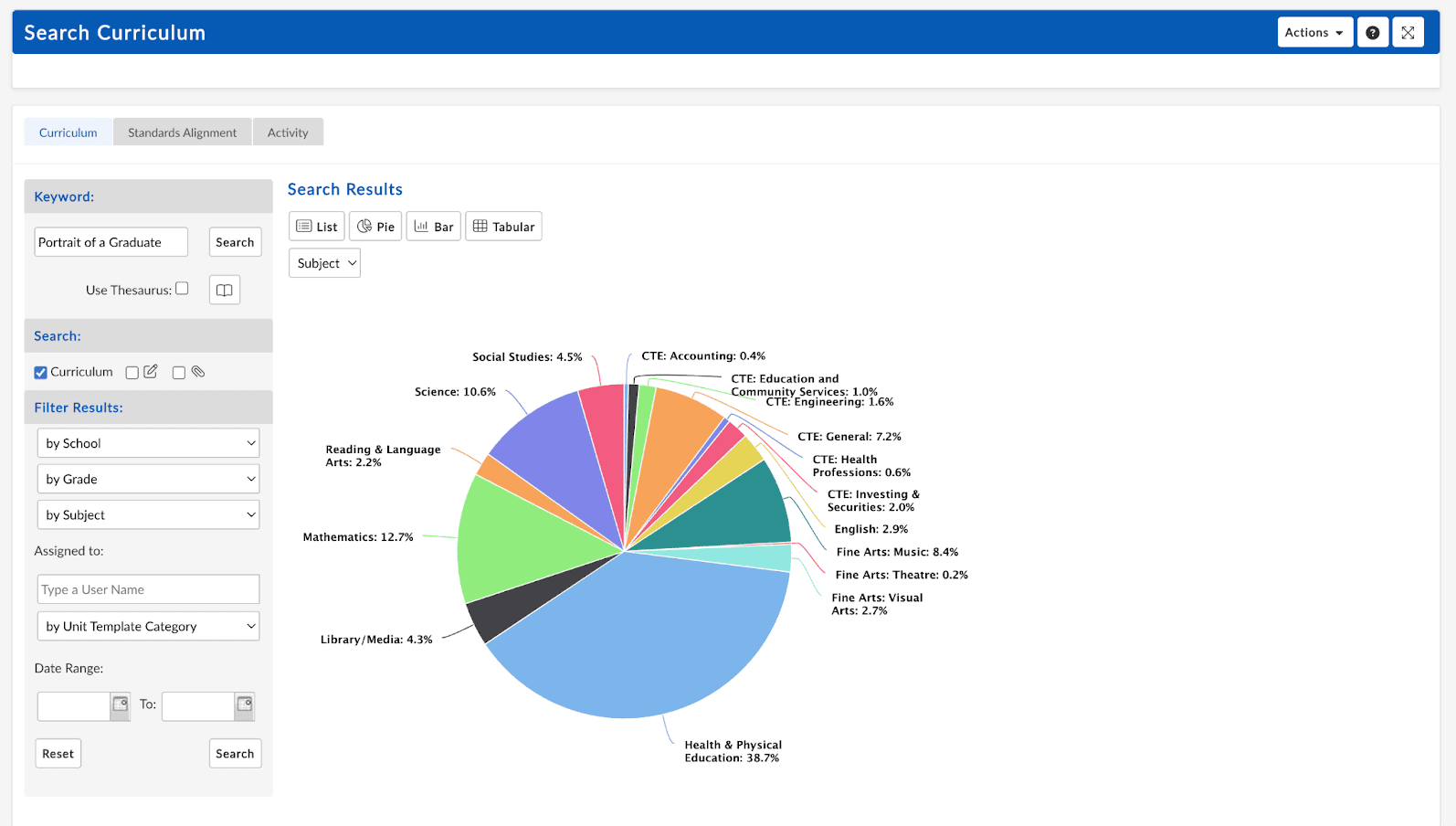
Phase 3 – Implement & Act for Lasting Portrait of a Graduate Impact
In this phase schools prepare to integrate or enhance PoG applications within their curriculum structures
- How is your school ensuring that Portrait of a Graduate traits are explicitly taught, practiced, and assessed across every grade and subject?
- How do you ensure that PoG competencies are not just aspirational, but intentionally taught, practiced, and assessed across K–12?
- How are your PoG competencies written into student learning objectives?
- How are you assessing PoG competencies, formatively and summatively?
Atlas reports that support implementation:
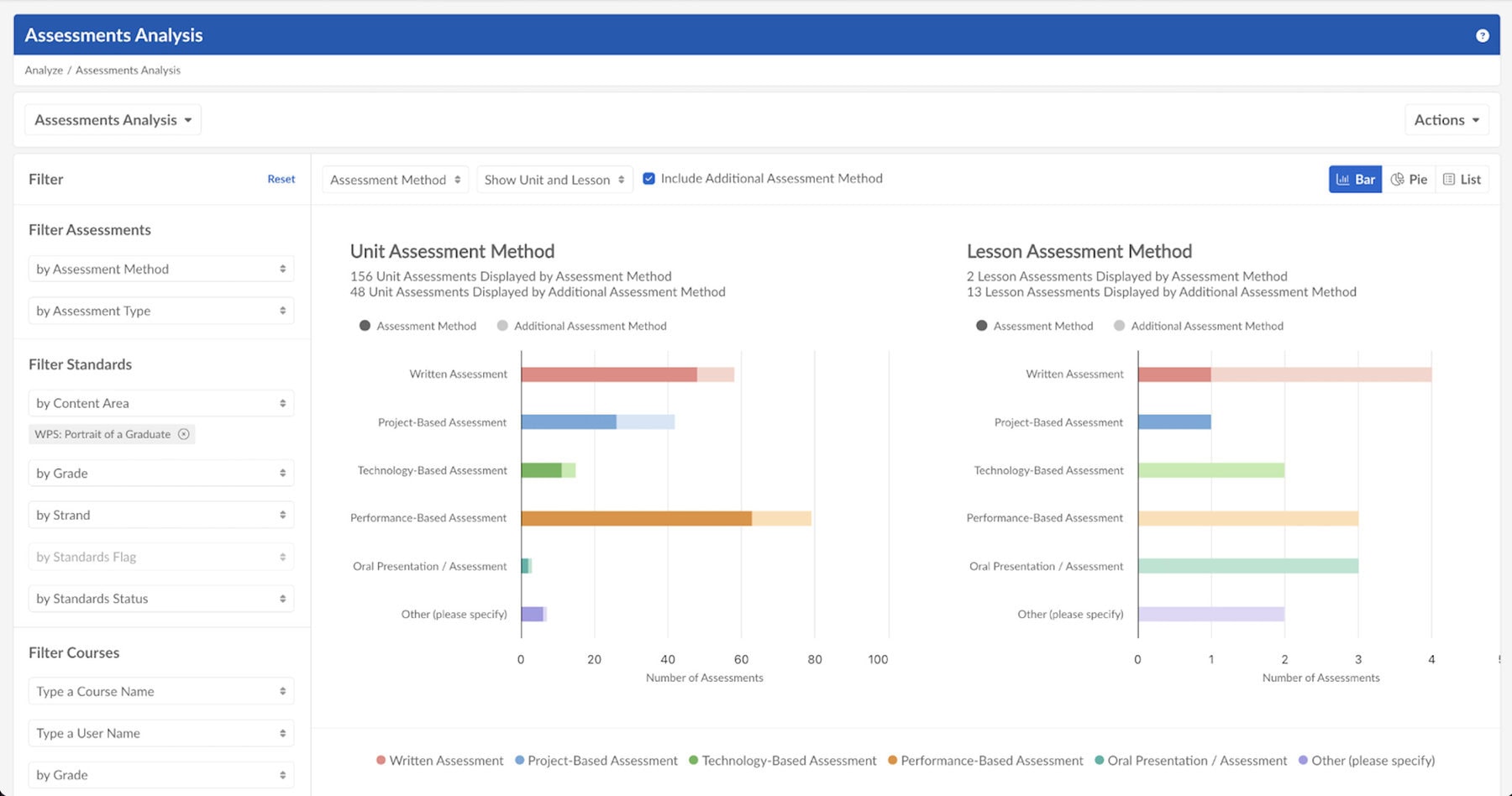
Portrait of a Graduate Curriculum Meeting Guide
Download our free guide to run effective vertical and horizontal curriculum reviews, spot gaps, and build alignment that ensures every student thrives.
More Resources for Portrait of a Graduate Success
- Discover how schools are aligning Portrait of a Graduate goals with academic expectations to prepare future-ready students—read the full post.
- See how The Crescent School brought their Portrait of a Graduate to life by mapping key skills across the curriculum—read the full story.
